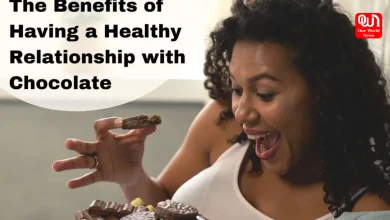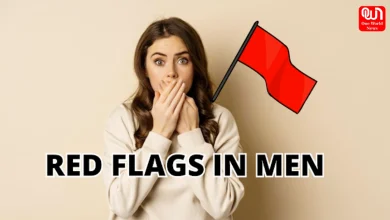Toxic relationship: What is covert abuse? Signs to be aware of
Explore the shadows of toxic relationships with our guide on covert abuse. Uncover subtle manipulations and empower yourself to break free.
Introduction: In the intricate landscape of toxic relationships, covert abuse emerges as a dangerous manipulation technique that operates beneath the surface. Unlike overt abuse, which manifests through physical aggression, covert abuse employs subtle tactics such as gaslighting and manipulation. The effects of covert abuse can be distressing and disorienting, leaving individuals feeling confused, invalidated, anxious, and powerless. Recognizing the signs of covert abuse is paramount for breaking free from its grip and seeking healing. In this exploration, we delve into the nuances of covert abuse, shedding light on its manifestations and the impact it can have on individuals.
The Elusive Nature of Covert Abuse
Covert abuse operates in the shadows, making it elusive and challenging to identify. One prominent characteristic is manipulation, where individuals are skillfully led to doubt their thoughts and reality. Unlike overt abuse, which is overtly aggressive, covert abuse uses subtlety as its weapon, leaving victims grappling with uncertainty and confusion.

Withdrawal of Attention as a Punitive Measure
A key strategy employed by perpetrators of covert abuse is the withdrawal of attention. By intentionally ignoring or withholding attention, they inflict emotional punishment on their victims. This silent and insidious tactic can leave individuals feeling isolated and rejected, amplifying their sense of powerlessness within the relationship.
Read more:- Relationship tips: 10 warning signs of poor communication in marriage
Deflection of Responsibility as a Defense Mechanism
To avoid accountability, those engaging in covert abuse often resort to deflecting responsibility. Blaming the victim for problems and mistakes, not of their making becomes a shield for the abuser. This manipulation tactic further disempowers the victim, creating a dynamic where the true source of the issues remains hidden.
Guilt-Tripping and Playing the Victim
Another facet of covert abuse involves guilt-tripping and playing the victim. Manipulators use emotional manipulation to elicit sympathy and compliance. By portraying themselves as victims, they coerce others into meeting their desires. This subtle form of coercion leaves victims feeling guilty, perpetuating the cycle of control and manipulation.
Read more:- Recognising Toxic Relationship: 5 signs that you see your spouse as your enemy
The Emotional Landscape of Covert Abuse
Understanding covert abuse goes beyond recognizing its manifestations; it requires acknowledging the emotional toll it takes on individuals trapped in such relationships.
Confusion:
Constantly having one’s version of reality challenged leads to pervasive confusion. Victims may struggle to discern what is true, further amplifying feelings of disorientation.
Invalidation:
Covert abuse involves the consistent dismissal of emotions, feelings, and experiences. Victims are left feeling invalidated and frustrated, as their reality is repeatedly undermined.
Anxiety:
Living on the edge, anticipating the next manipulation or attack, fosters a constant state of anxiety. The unpredictability of covert abuse contributes to heightened stress levels and emotional turmoil.
Isolation:
The absence of a support system intensifies the impact of covert abuse. Without someone to share their emotions with, victims may experience profound despair and helplessness.
Hopelessness:
The cumulative effect of stress and emotional turmoil can strip individuals of any remaining hope for a better life. Breaking free from the clutches of covert abuse becomes a daunting challenge.
We’re now on WhatsApp. Click to join.
Conclusion:
Understanding covert abuse is essential for those navigating toxic relationships. By recognizing the signs and acknowledging the emotional toll, individuals can take the first steps towards healing. Seeking support from trusted friends, family, or professionals is crucial in breaking free from the cycle of covert abuse and reclaiming a sense of empowerment and autonomy. In the intricate dance of covert abuse within toxic relationships, victims often find themselves trapped in a web of confusion, isolation, and anxiety. Recognizing these insidious signs is the key to breaking free, reclaiming autonomy, and fostering a hopeful path towards healing and empowerment.
Like this post?
Register at One World News to never miss out on videos, celeb interviews, and best reads.








